Vanilla, the world’s second most expensive spice after saffron, is cherished for its aromatic richness and flavor-enhancing properties. It plays a vital role in industries ranging from food and beverage to cosmetics and perfumery. While vanilla beans grow only in specific tropical climates, their global demand far outweighs the supply, making the vanilla trade both economically significant and often volatile.
But have you ever wondered which country leads the world in vanilla production? The answer is clear and consistent: Madagascar is the largest vanilla producer in the world, accounting for a significant majority of the global vanilla supply.
This article offers an in-depth look into the vanilla industry, exploring Madagascar’s dominance, the intricacies of vanilla cultivation, global market dynamics, and the challenges shaping the future of this precious spice.
Understanding Vanilla: A Precious and Complex Spice
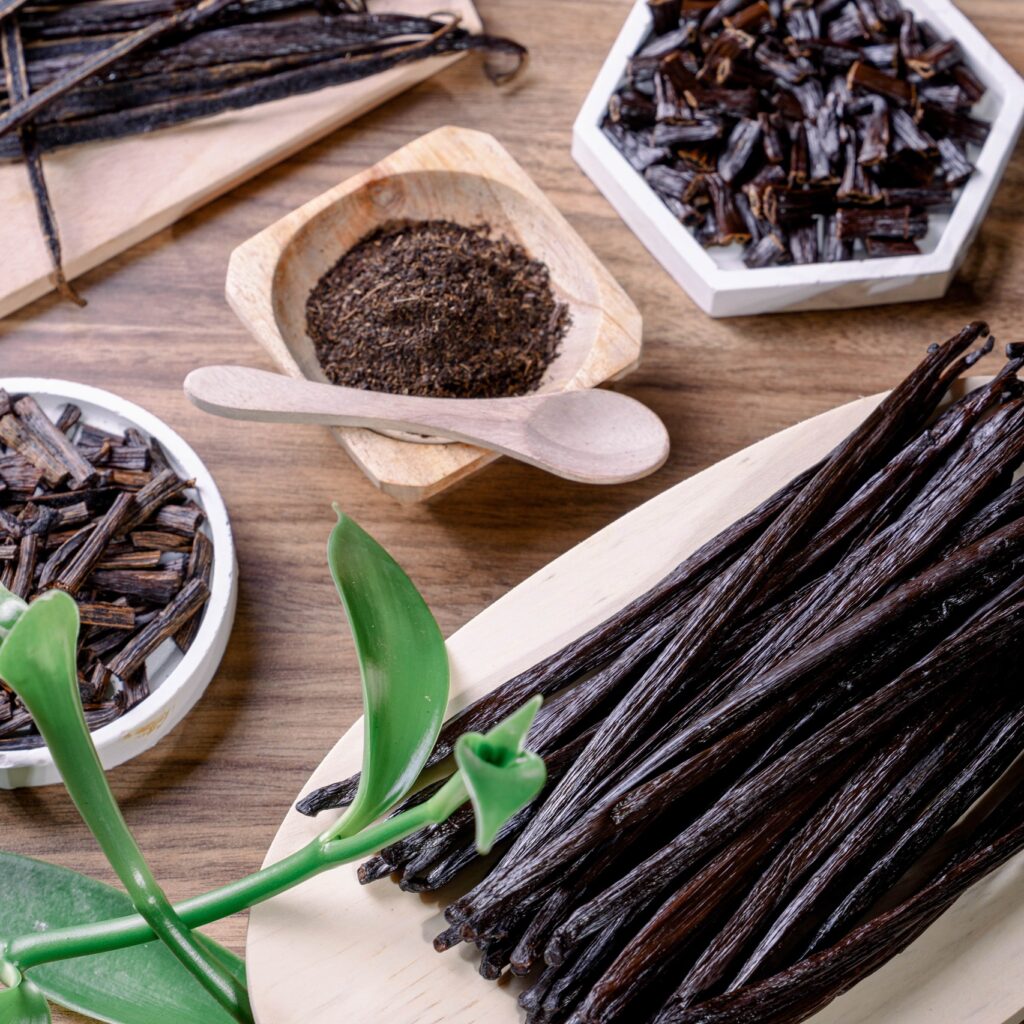
Vanilla is derived from the pods (beans) of the Vanilla planifolia orchid, a labor-intensive crop that requires hand pollination, careful harvesting, and a lengthy curing process. Unlike synthetic vanillin — which is used in cheaper flavorings — natural vanilla extract is rare, costly, and valued for its complex, floral, and warm aroma.
There are several varieties of vanilla cultivated globally:
- Vanilla planifolia – Also known as Bourbon or Madagascar vanilla; the most widely used and commercially valuable.
- Vanilla tahitensis – Found mainly in Tahiti and Papua New Guinea, with a more floral aroma.
- Vanilla pompona – Less commonly used, native to Central and South America.
Despite the tropical origins of the plant, few regions are suitable for large-scale vanilla cultivation due to its delicate growing conditions.
Madagascar: The World’s Leading Vanilla Producer
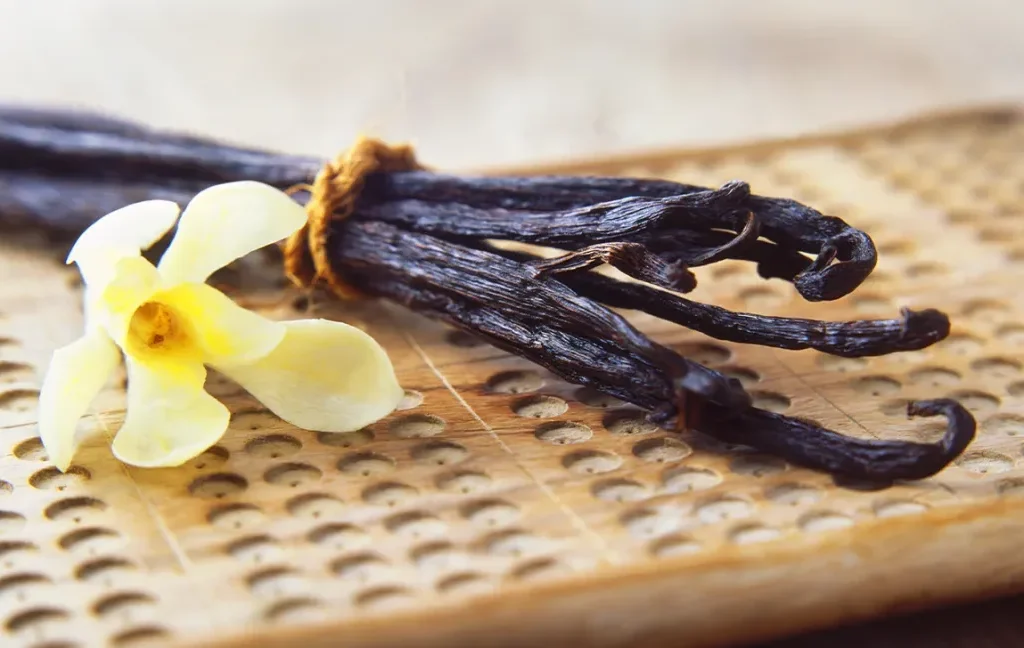
Madagascar, an island nation off the southeastern coast of Africa, is globally recognized as the number one producer of vanilla — specifically the Vanilla planifolia variety, known as Bourbon vanilla.
1. Share of Global Production
- Madagascar accounts for approximately 70–80% of the world’s natural vanilla production.
- In some years, depending on global yields and climate conditions, Madagascar’s output has reached over 2,000 metric tons.
2. Ideal Growing Conditions
The Sava region in northeastern Madagascar — encompassing Sambava, Antalaha, Vohemar, and Andapa — provides perfect conditions for vanilla cultivation: warm temperatures, high humidity, and shaded tropical forests. These climatic conditions support the long and complex maturation process of vanilla vines.
3. Manual and Traditional Farming Methods
Vanilla farming in Madagascar is labor-intensive and artisanal. Each flower blooms for only one day and must be hand-pollinated within hours — a practice pioneered in the 19th century and still done manually today.
After harvesting, the beans go through a six-month curing process, which includes:
- Scalding: Quick blanching in hot water
- Sweating: Wrapping beans to promote enzymatic browning
- Drying: Sun-drying over several weeks
- Conditioning: Aging in wooden boxes to develop flavor
This traditional process results in the deep black, oily, and highly fragrant Bourbon vanilla beans that are prized worldwide.
4. Economic Significance
Vanilla is one of Madagascar’s top export commodities, earning the country hundreds of millions of dollars annually. The industry supports over 80,000 smallholder farmers, making it vital to rural livelihoods.
5. Challenges and Opportunities
While Madagascar leads in volume, its vanilla industry is not without challenges:
- Price Volatility: Due to climatic events (like cyclones) and speculation, vanilla prices have fluctuated wildly — peaking at over $600 per kg in 2018.
- Theft and Security: High prices have led to widespread theft, prompting some farmers to brand beans or harvest early, reducing quality.
- Sustainability Concerns: Deforestation, poor infrastructure, and lack of regulation affect long-term sustainability.
In response, several initiatives are being introduced, including direct trade programs, organic certification, and fair-trade sourcing, often supported by global brands like Nestlé, Unilever, and McCormick.
Other Major Vanilla-Producing Countries
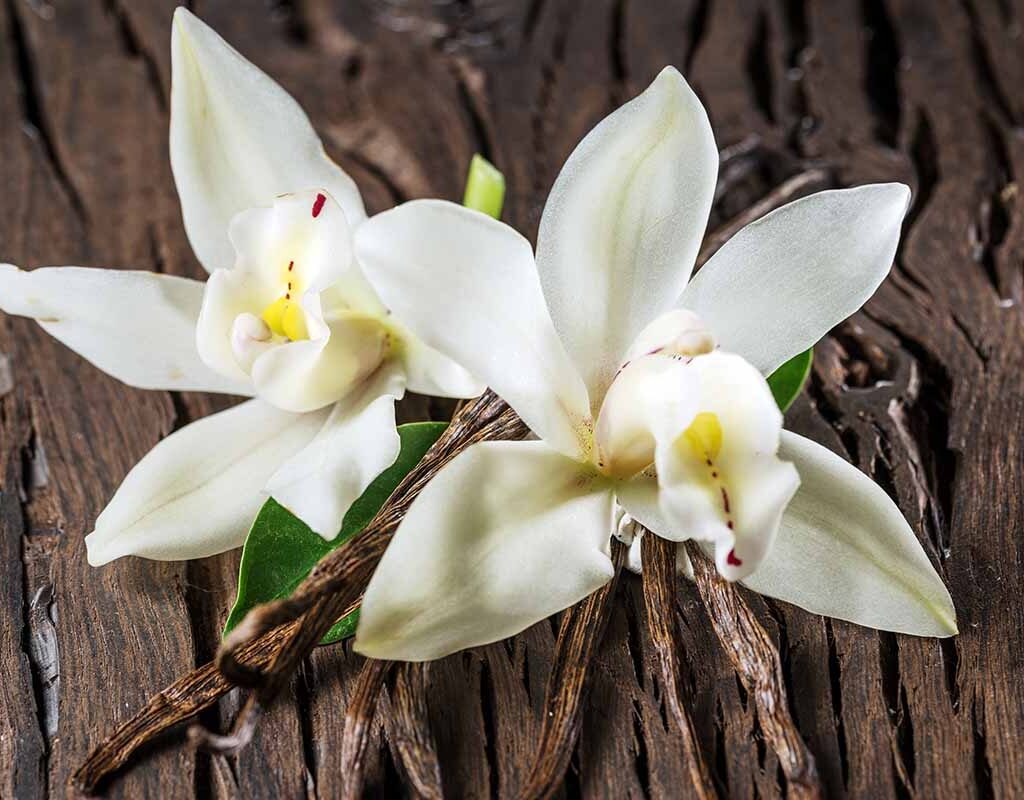
Though Madagascar is the leader, other countries also contribute significantly to global vanilla production.
1. Indonesia
- Share of Global Output: Around 10–15%
- Main Regions: Java, Bali, Sulawesi
- Known for producing both Vanilla planifolia and Vanilla tahitensis.
- Indonesian vanilla tends to be harvested earlier and cured more quickly, resulting in slightly lower quality but competitive pricing.
- Indonesia is a major exporter to the U.S. and Europe, especially during price surges in Madagascar.
2. Uganda
- Emerging as a high-quality vanilla producer, Uganda offers two harvests annually due to its equatorial climate.
- Vanilla grown here is often considered superior in flavor and aroma to even Madagascar beans.
- Uganda is attracting attention from premium chocolate and ice cream makers seeking traceable, sustainable vanilla sources.
3. Papua New Guinea (PNG)
- Produces primarily Vanilla tahitensis.
- Known for its unique, floral flavor, PNG vanilla is popular in the fragrance and premium dessert markets.
- Efforts are underway to improve post-harvest processing to match global quality standards.
4. India
- India’s southern states — especially Kerala, Karnataka, and Tamil Nadu — produce Vanilla planifolia.
- Once considered a major vanilla hub, India’s output has declined due to labor challenges and price fluctuations.
- Most Indian vanilla is used domestically, though it has export potential.
5. Mexico
- The birthplace of vanilla, Mexico still produces limited amounts of Vanilla planifolia.
- Mexican vanilla is celebrated for its rich, spicy profile, though the industry has been overshadowed by Madagascar.
- Tourism and artisanal markets help sustain Mexico’s niche vanilla economy.
Synthetic vs. Natural Vanilla: A Market Perspective
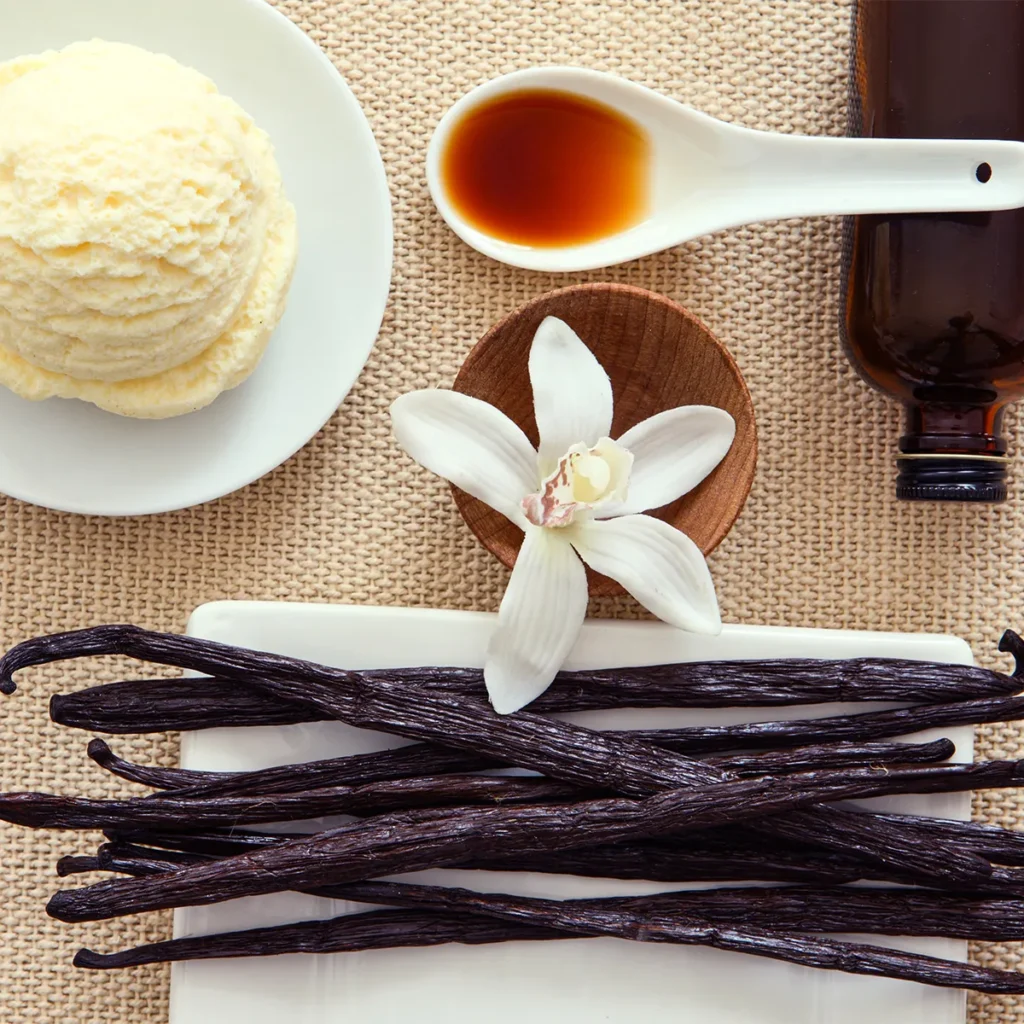
Despite global vanilla bean production, over 95% of vanilla-flavored products use synthetic vanillin, usually derived from lignin (wood pulp) or guaiacol (petrochemicals). Synthetic vanillin is cheaper and more stable, but lacks the depth and complexity of natural vanilla.
However, consumer demand for natural, organic, and traceable ingredients is driving growth in the real vanilla segment. Major food brands are switching to natural vanilla extracts, boosting demand for quality beans from Madagascar and other tropical producers.
The Vanilla Trade and Export Markets
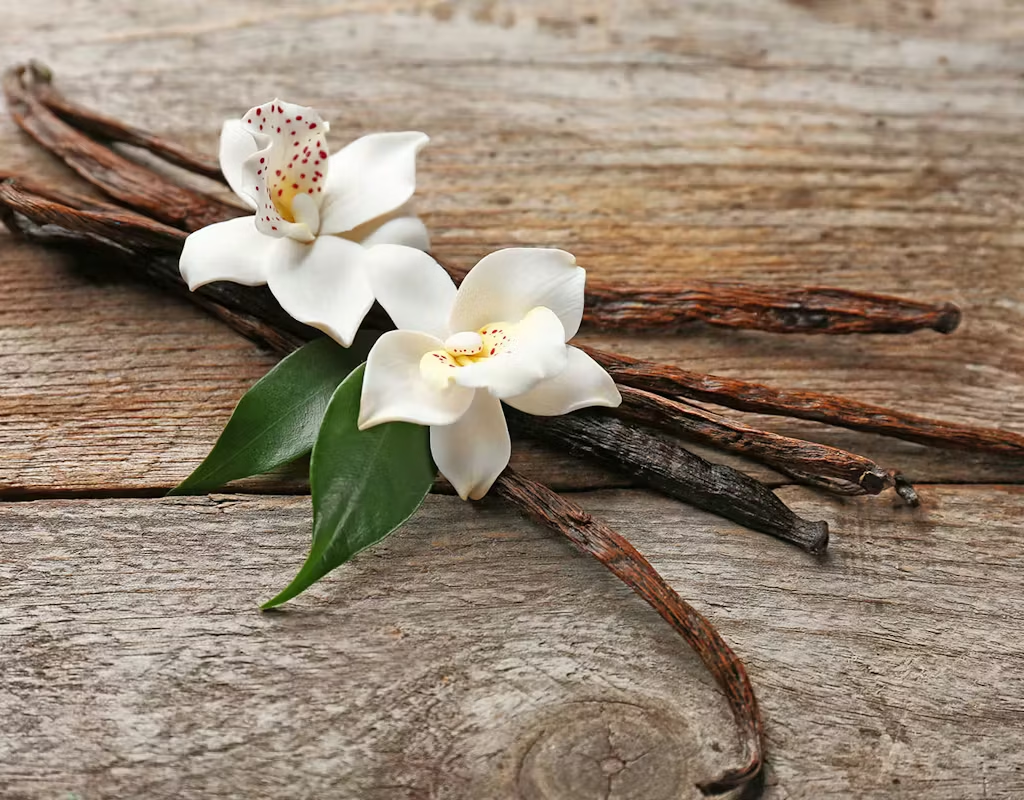
Top vanilla exporters include:
- Madagascar
- Indonesia
- Uganda
- Papua New Guinea
Top importing countries:
- United States – World’s largest importer
- France – Major player in the food and fragrance sectors
- Germany
- Netherlands – Important trade hub for vanilla in Europe
- Japan – Significant consumer of vanilla extract for desserts and ice cream
Vanilla is exported in various forms:
- Whole beans
- Vanilla extract
- Ground vanilla
- Vanilla paste
- Oleoresins and concentrates for industrial use
Sustainability and the Future of Vanilla
To address challenges like price volatility, labor exploitation, and environmental degradation, the vanilla industry is evolving with the help of:
- Fair Trade Certification
- Ensures farmers receive minimum wages and fair working conditions.
- Direct Sourcing Programs
- Bypasses middlemen to improve traceability and increase farmers’ income.
- Agroforestry Initiatives
- Vanilla vines are grown under forest canopies, promoting biodiversity and reducing deforestation.
- Technology and Traceability
- Blockchain and digital platforms are being introduced to improve transparency and quality control in the vanilla supply chain.
Conclusion: Madagascar – The Unrivaled Leader in Vanilla Production
After reviewing global data and industry dynamics, it is evident that Madagascar is the largest vanilla producer in the world, not only in quantity but also in its historical, cultural, and economic significance. The country’s unique terroir, traditional cultivation methods, and commitment to high-quality Bourbon vanilla have solidified its position at the top of the global market.
Despite facing numerous challenges — from theft to price swings — Madagascar continues to lead with resilience and innovation. As global consumers increasingly prioritize natural, sustainable, and ethically sourced ingredients, Madagascar’s vanilla will remain a critical commodity in both gourmet and industrial markets.

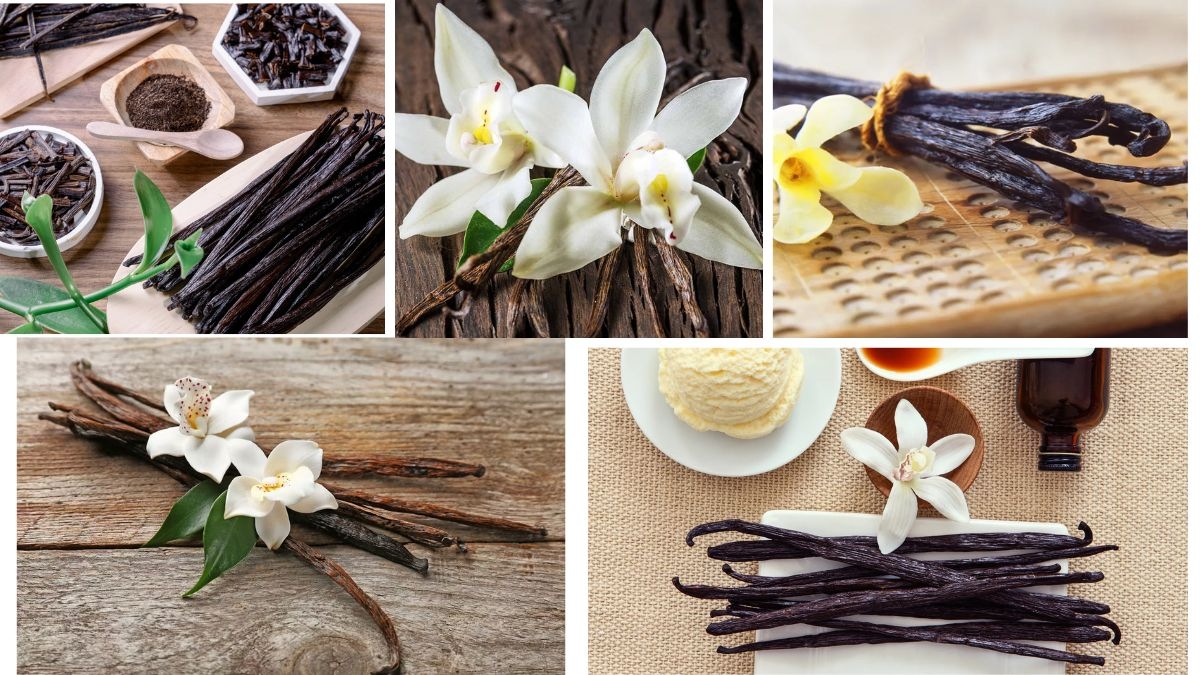
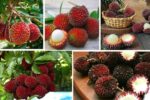

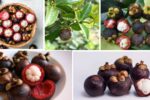
Leave A Comment